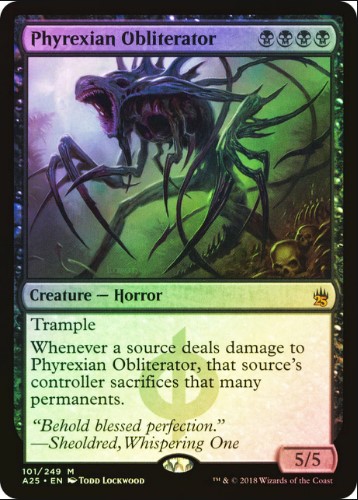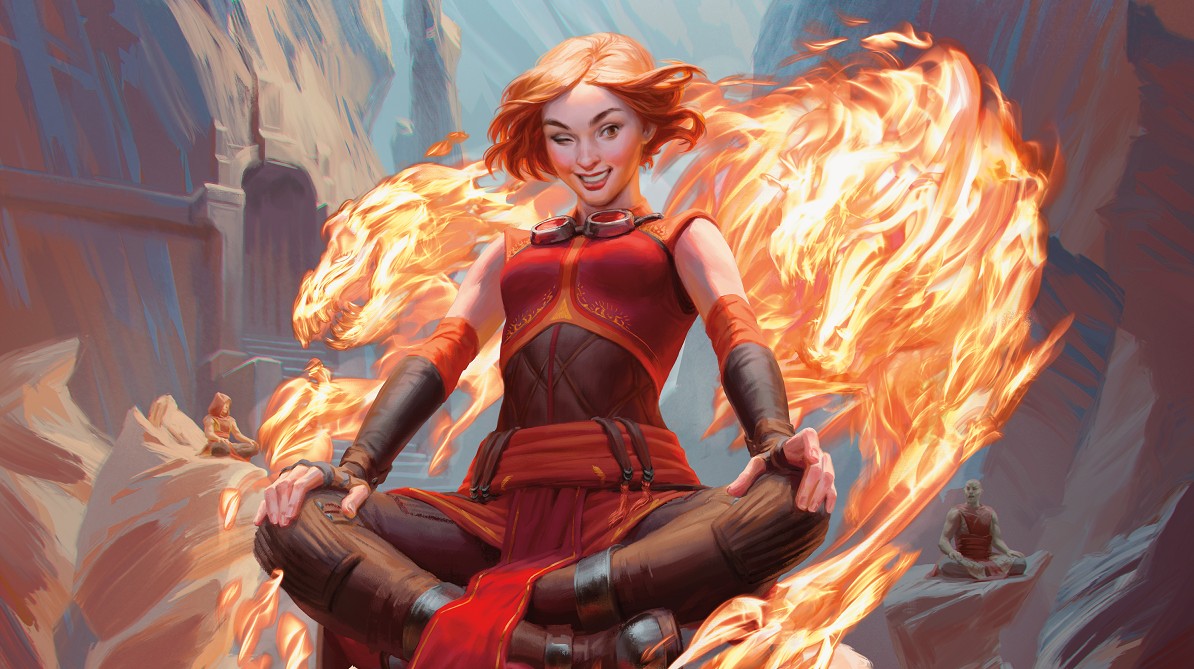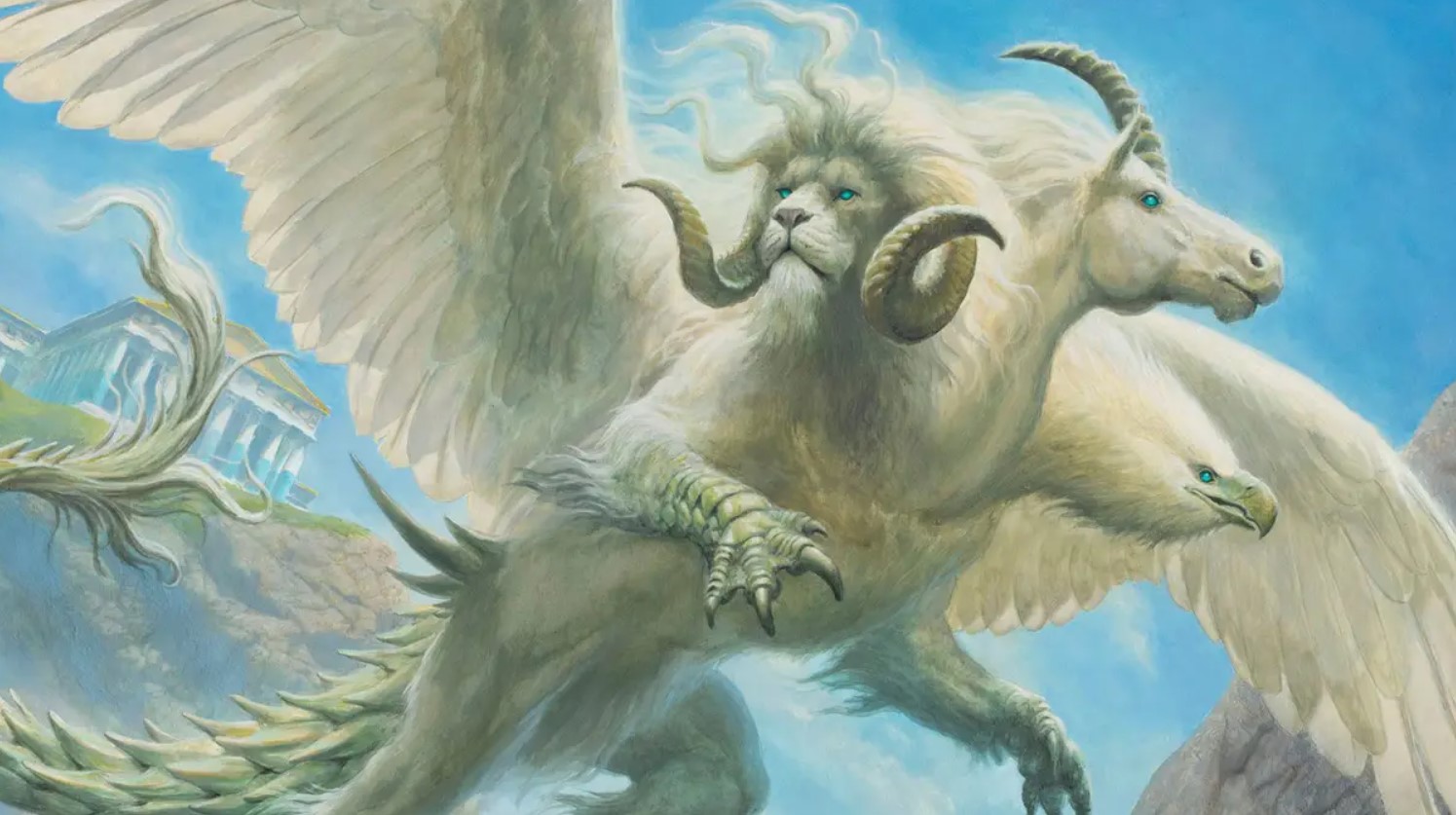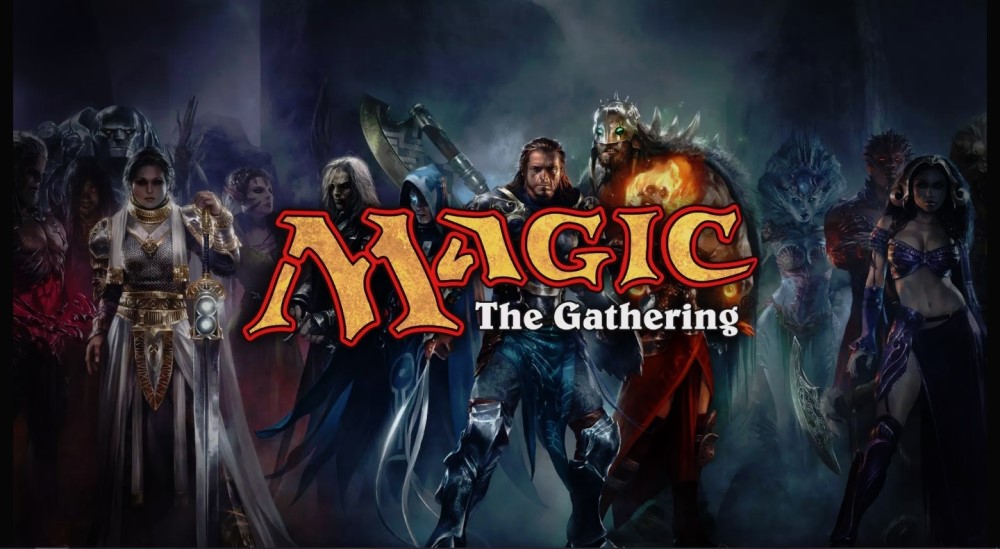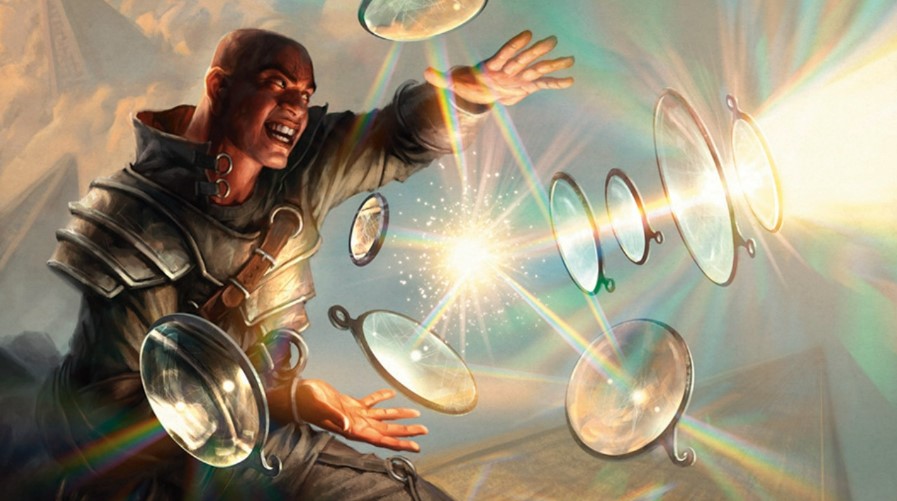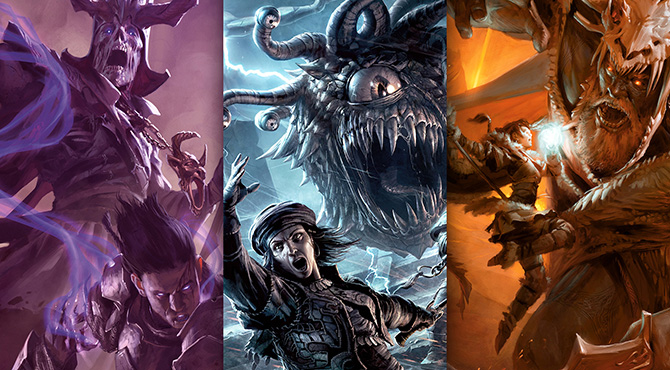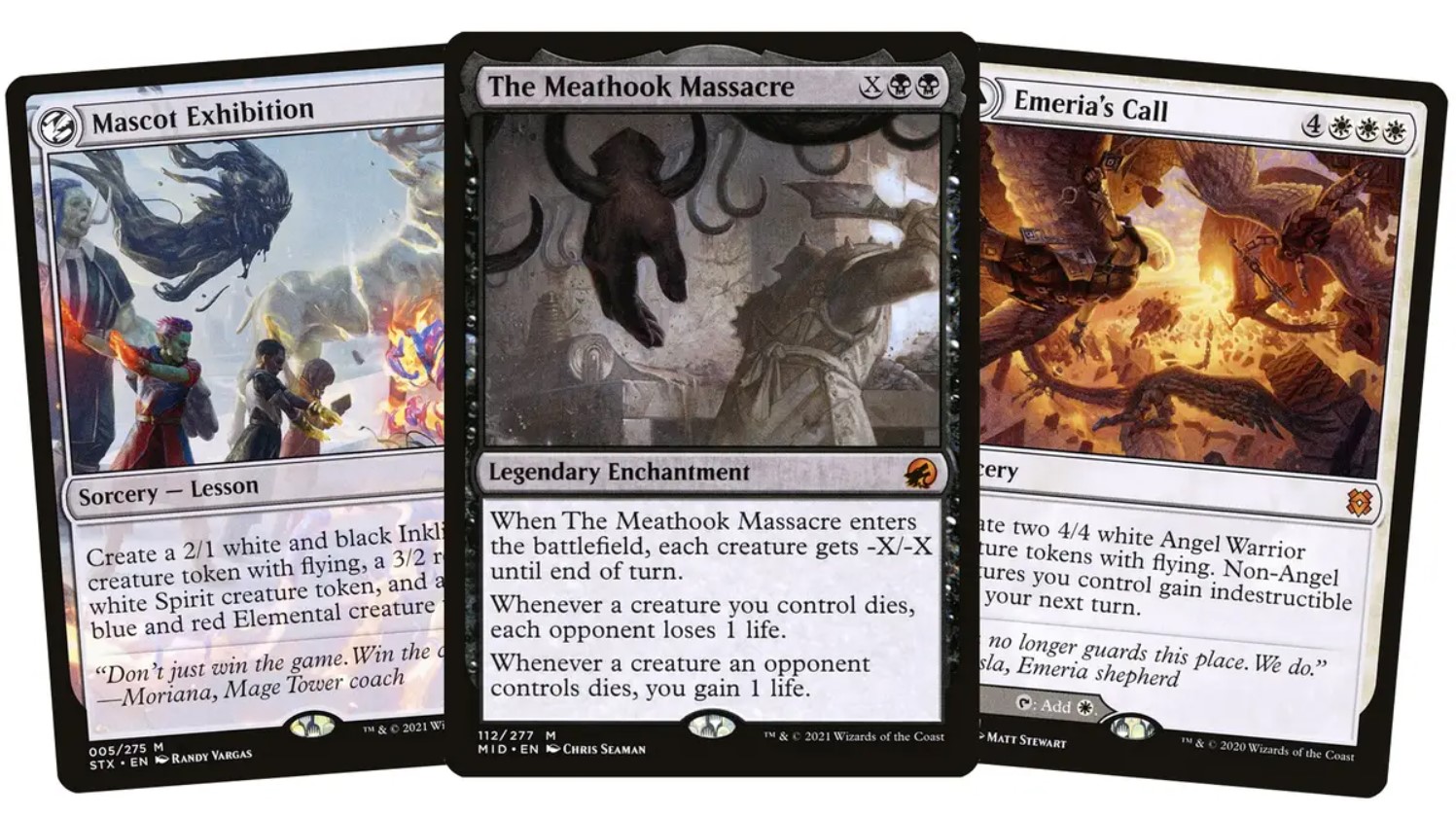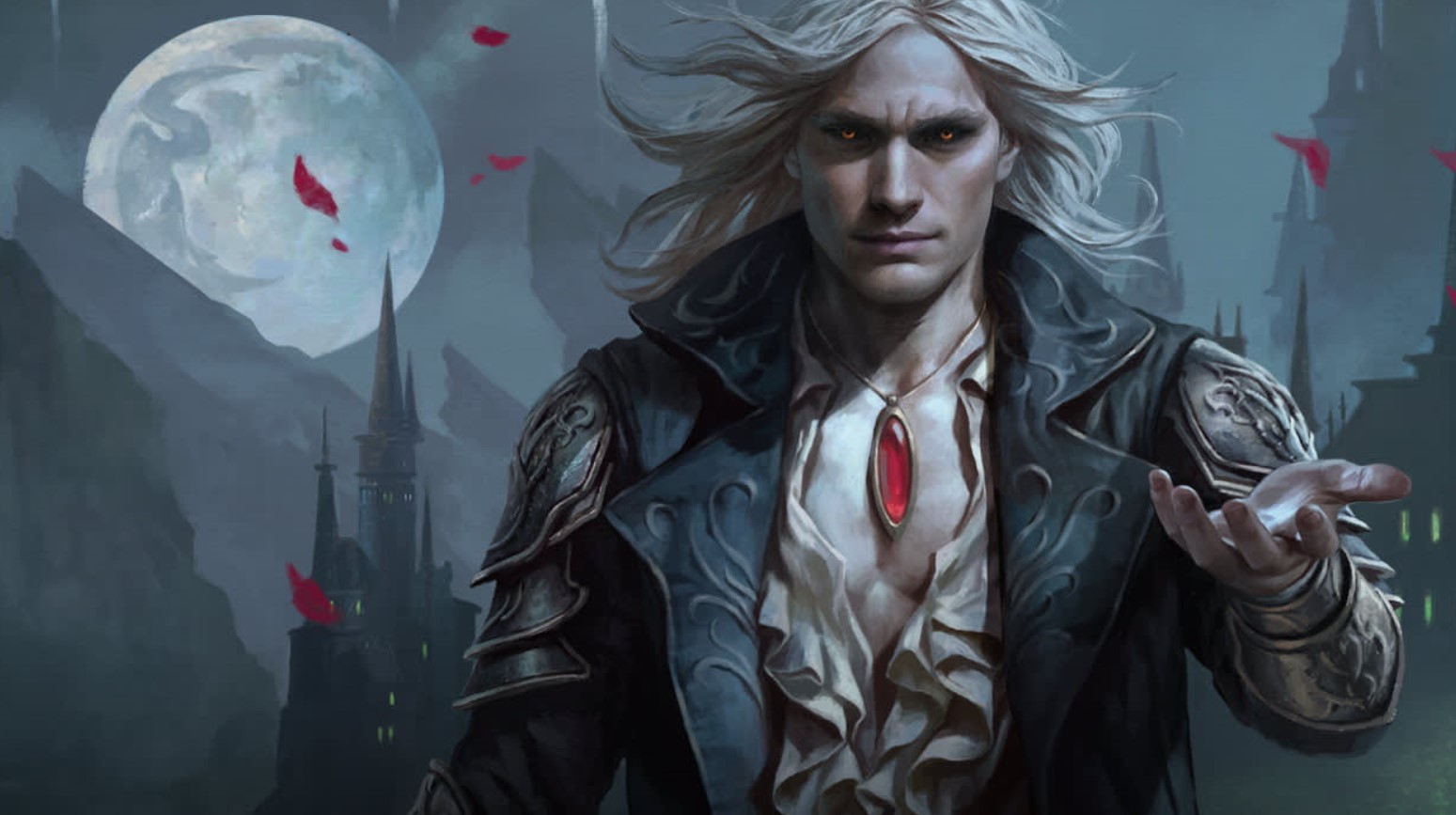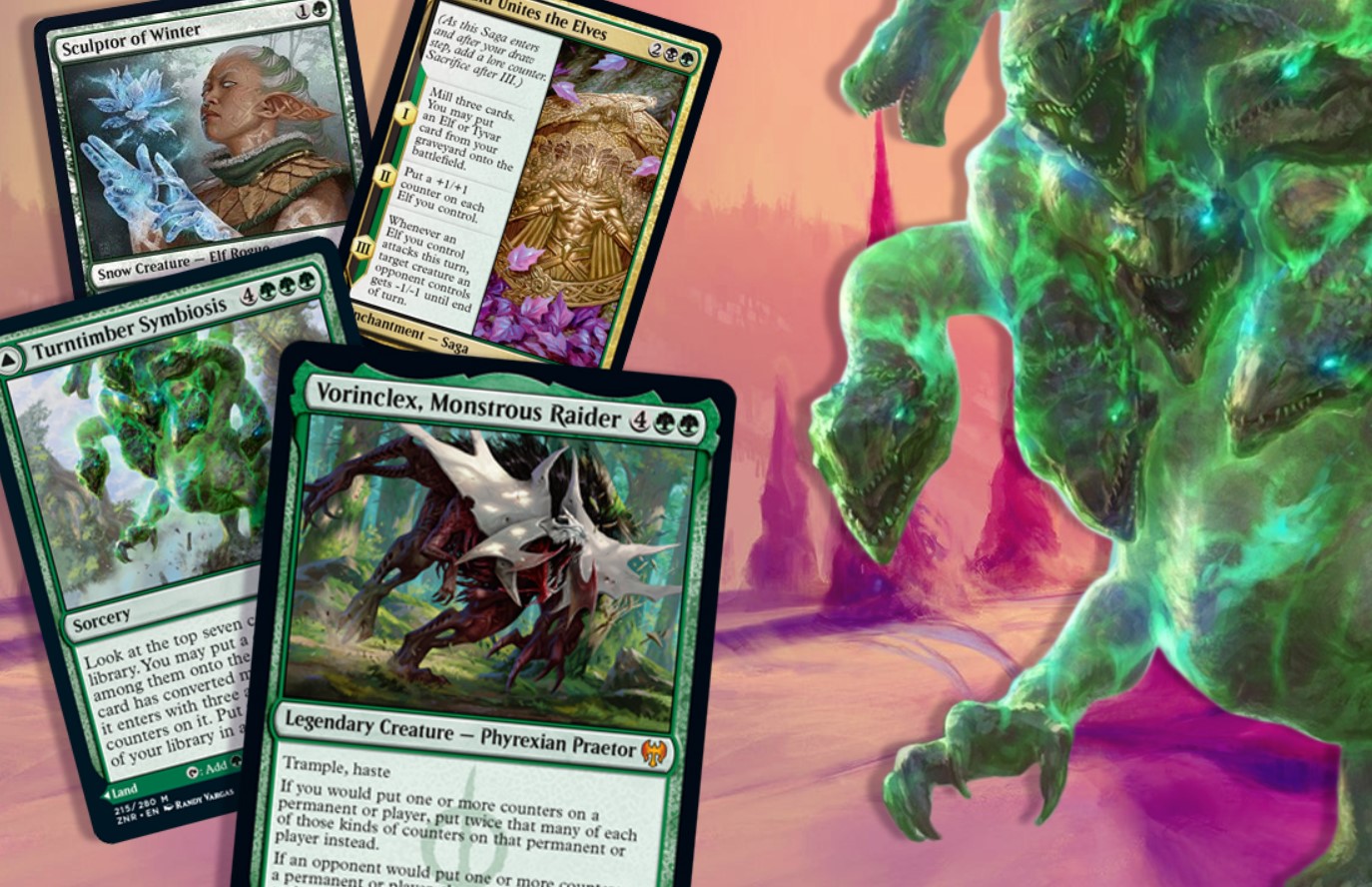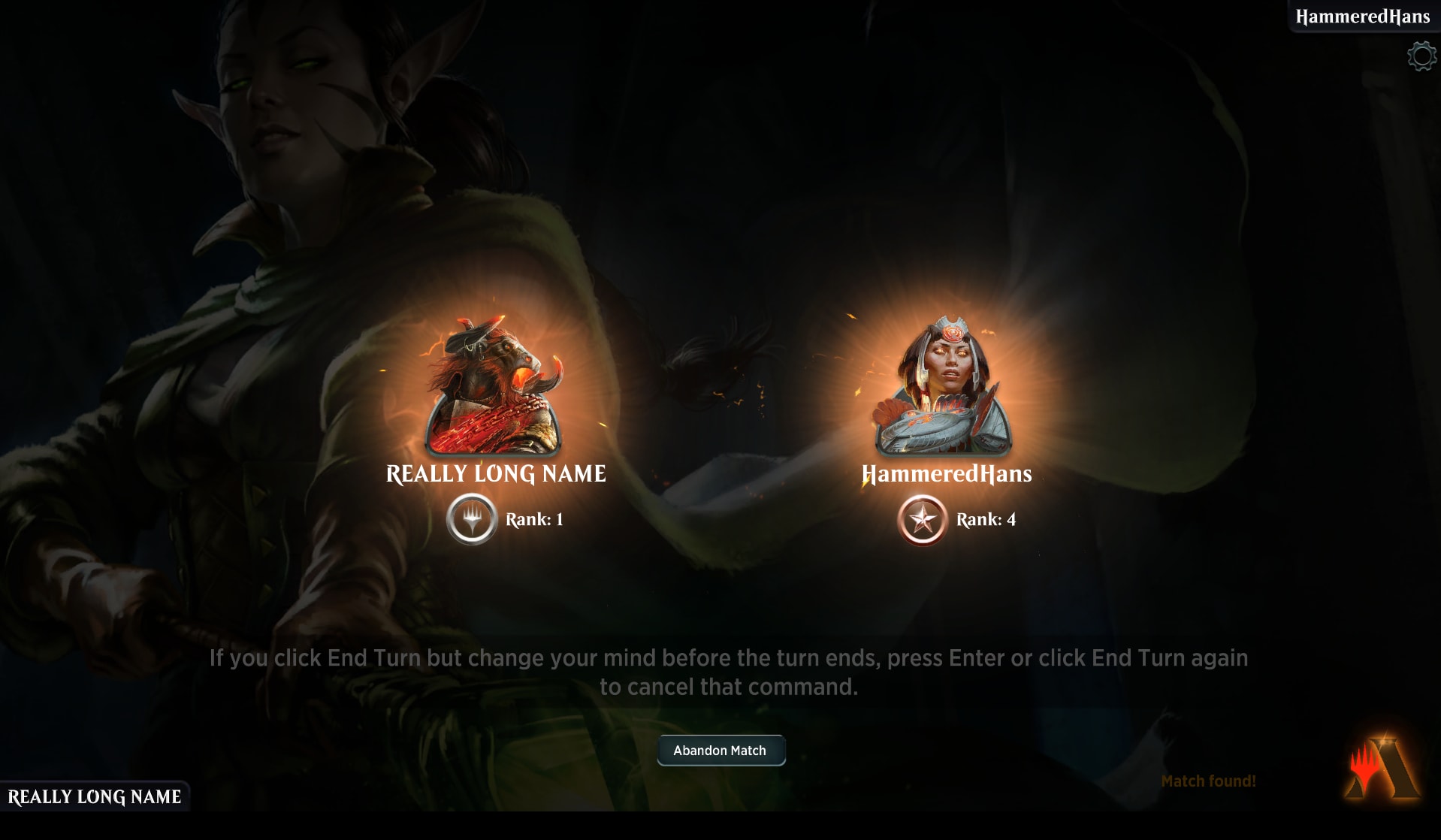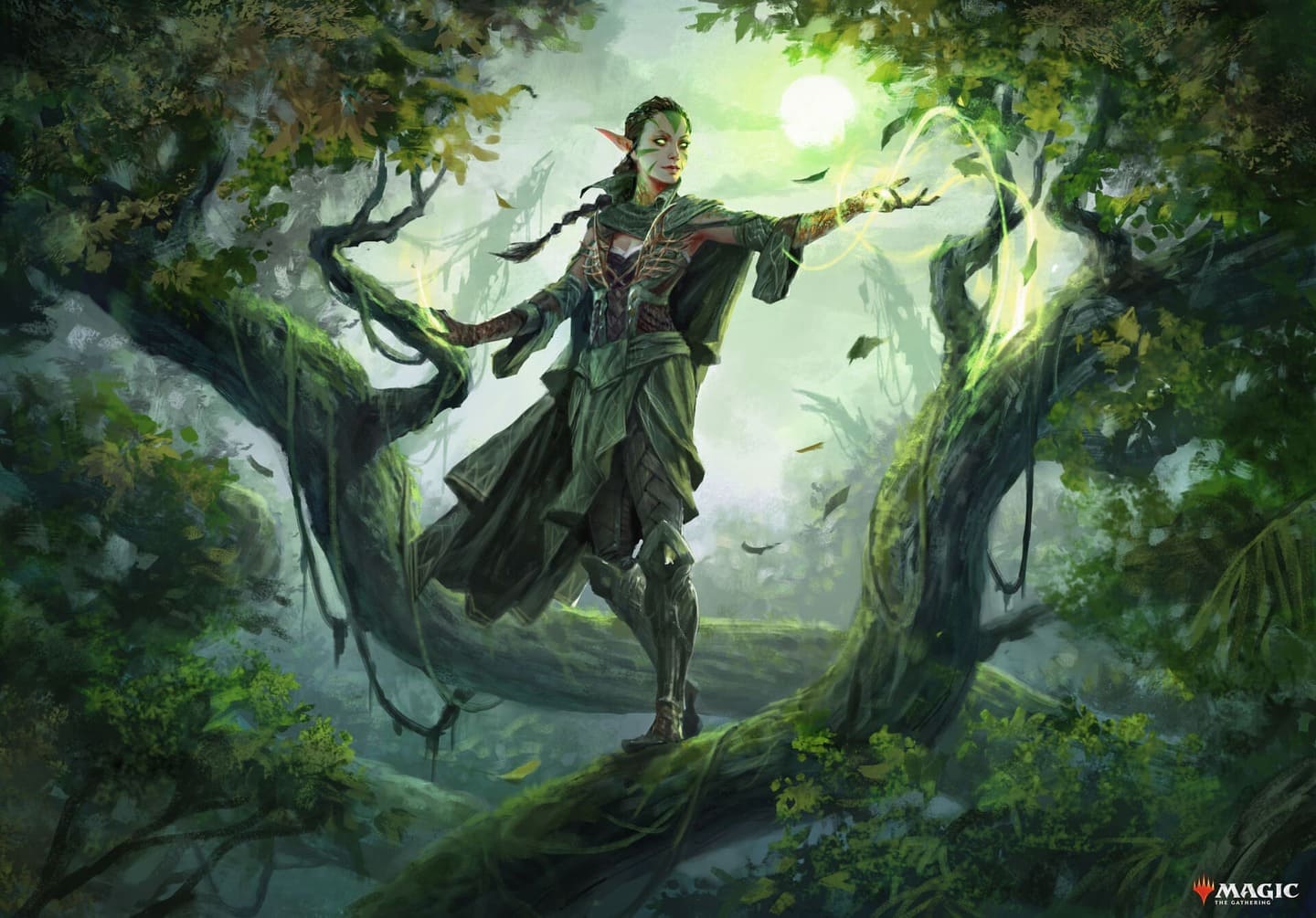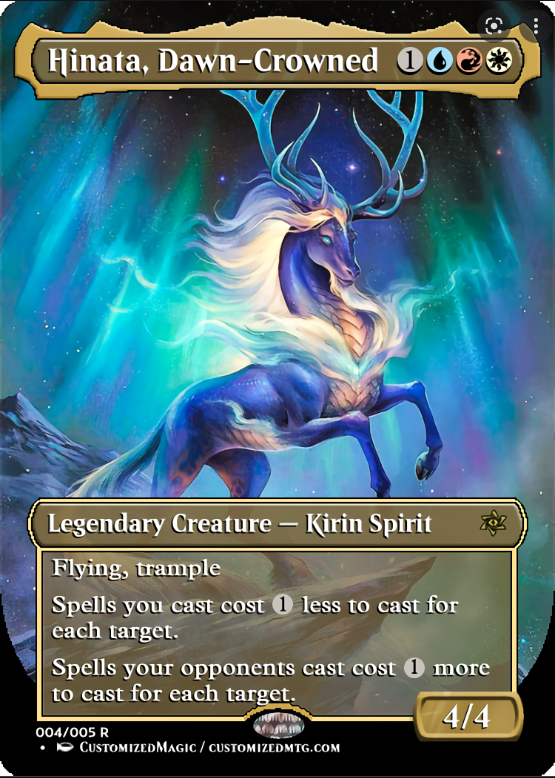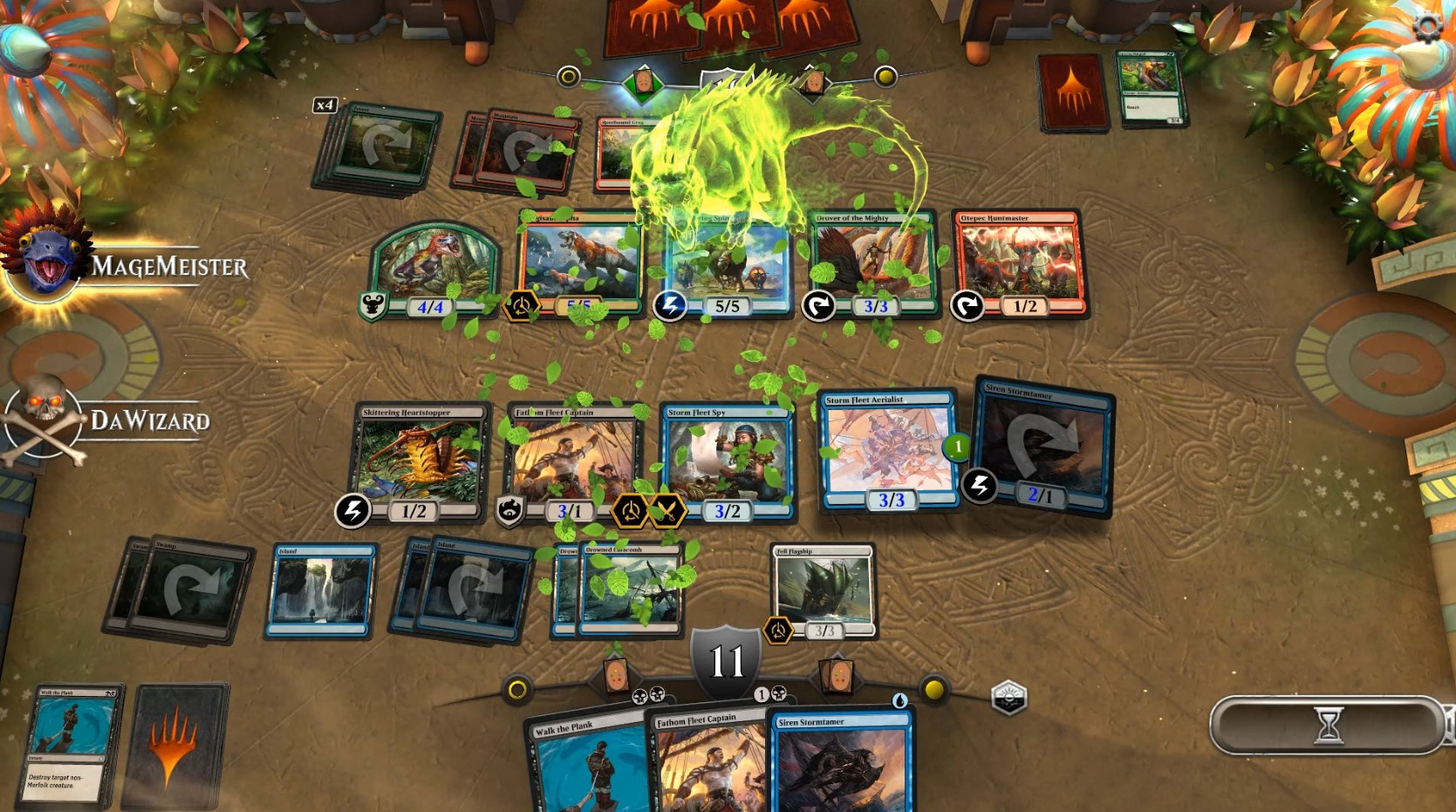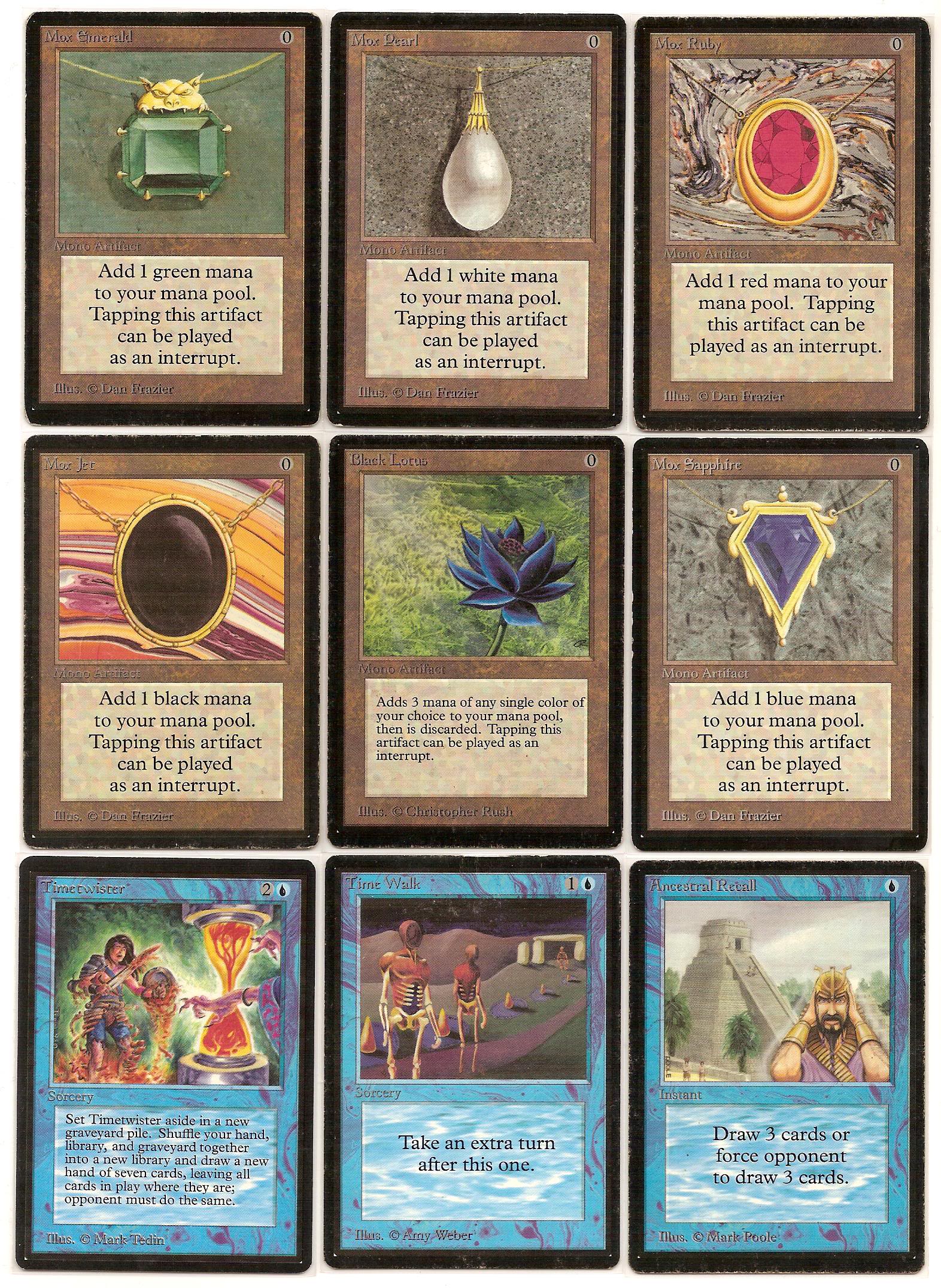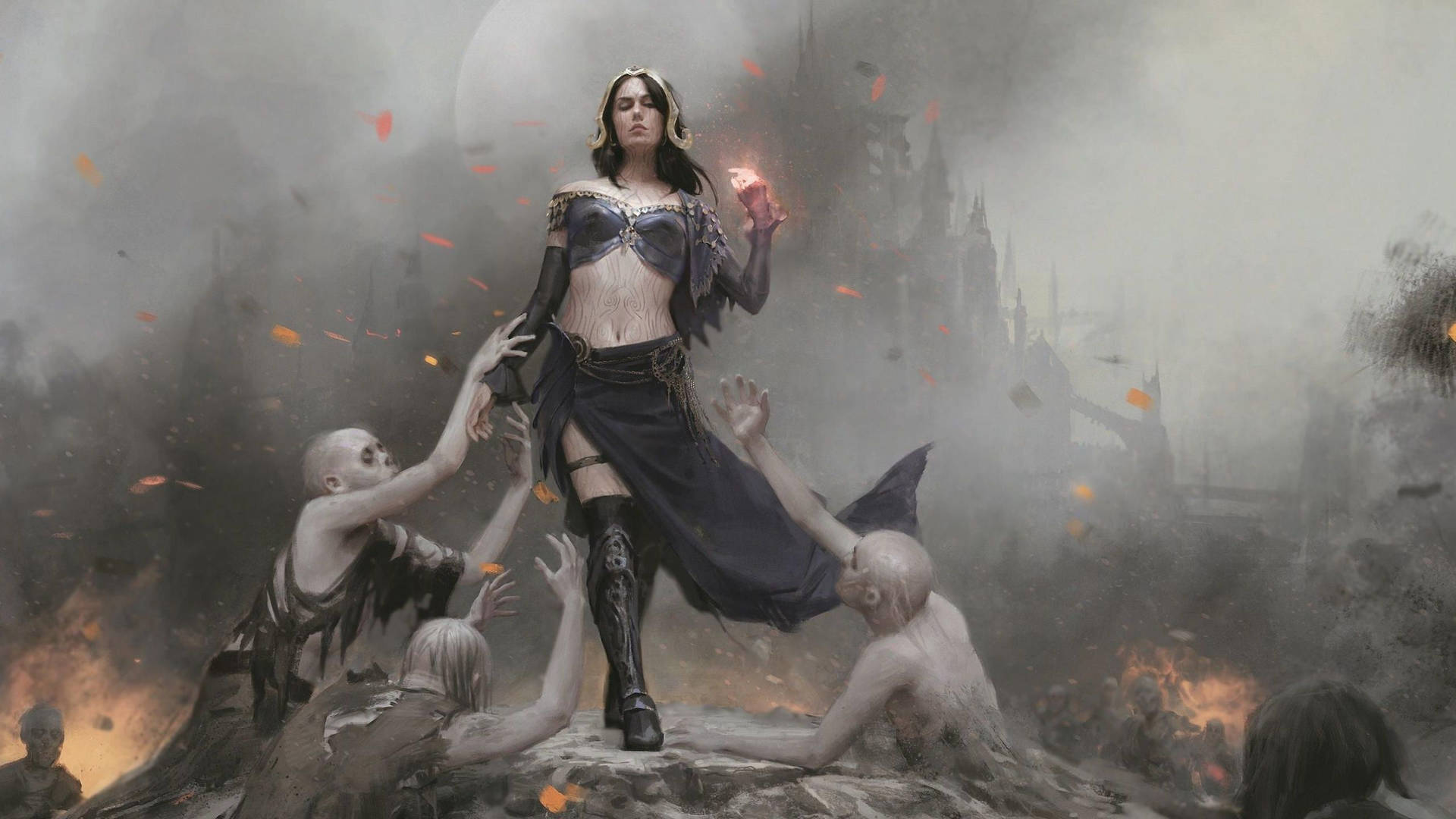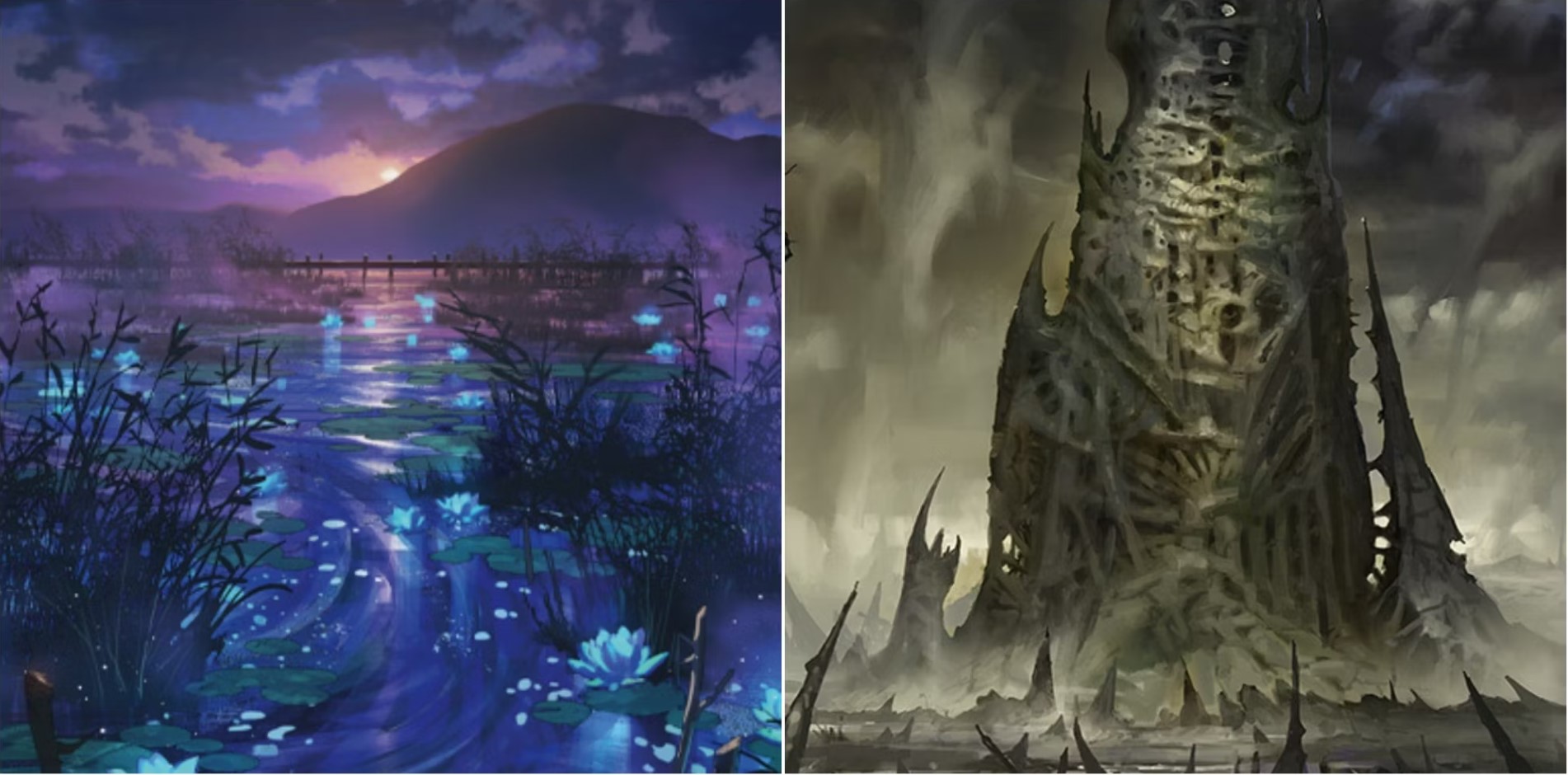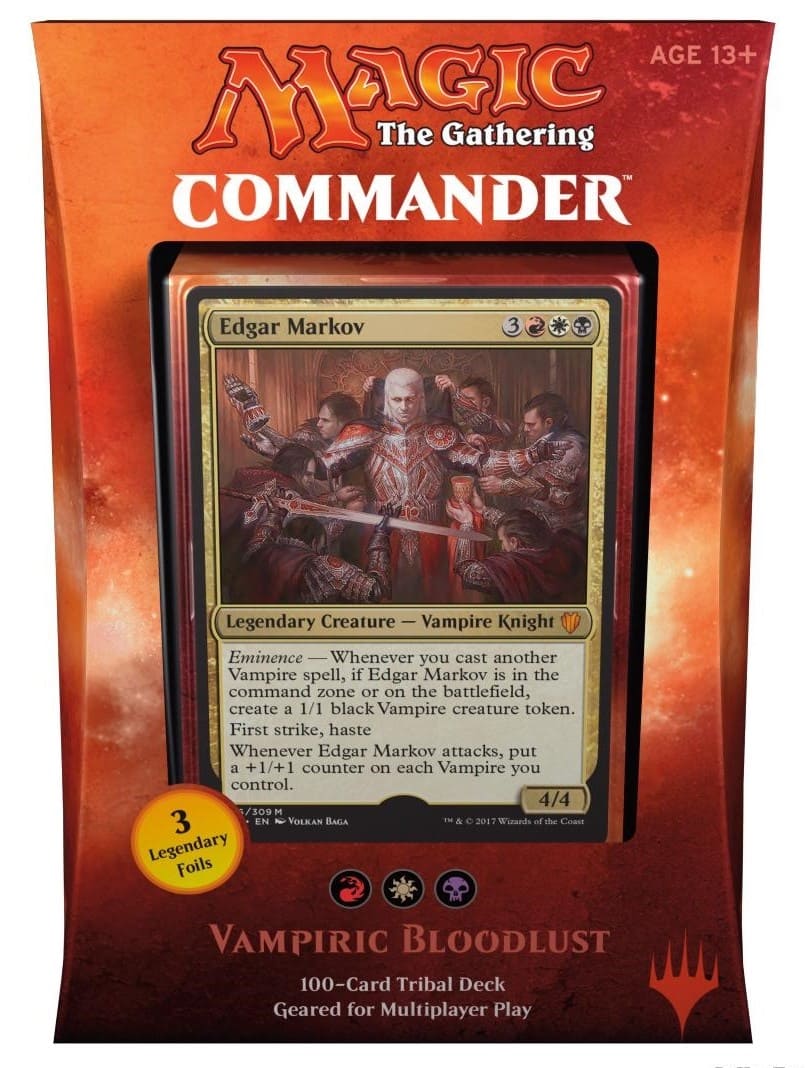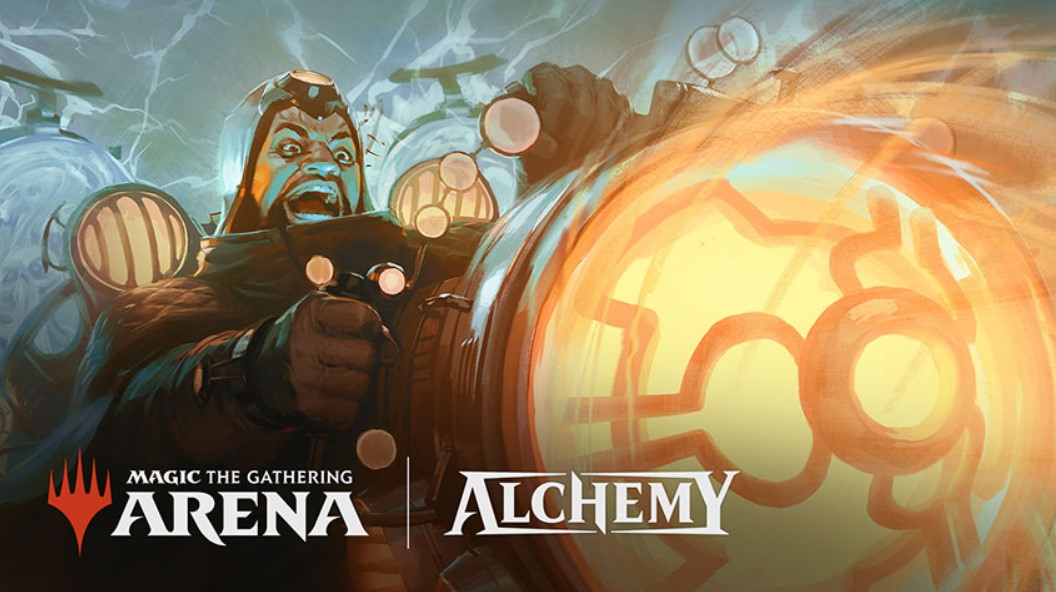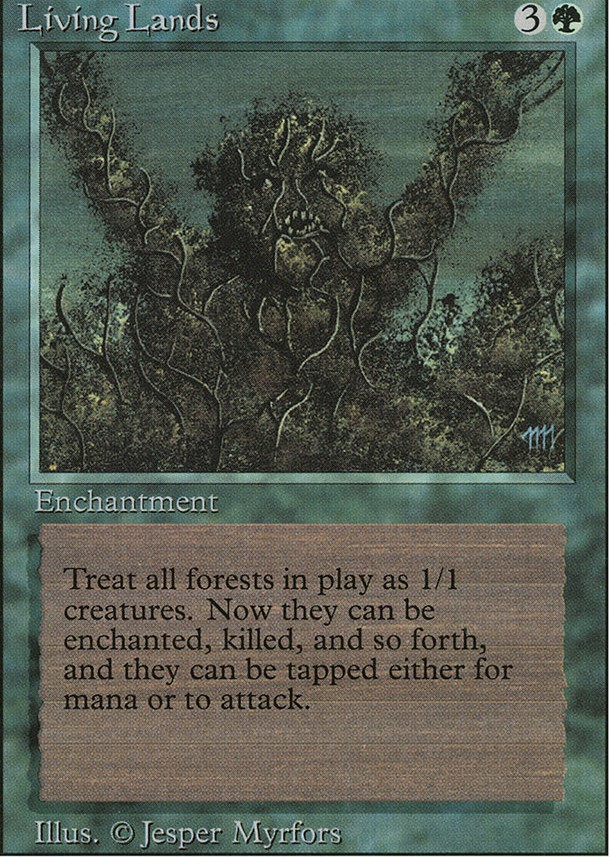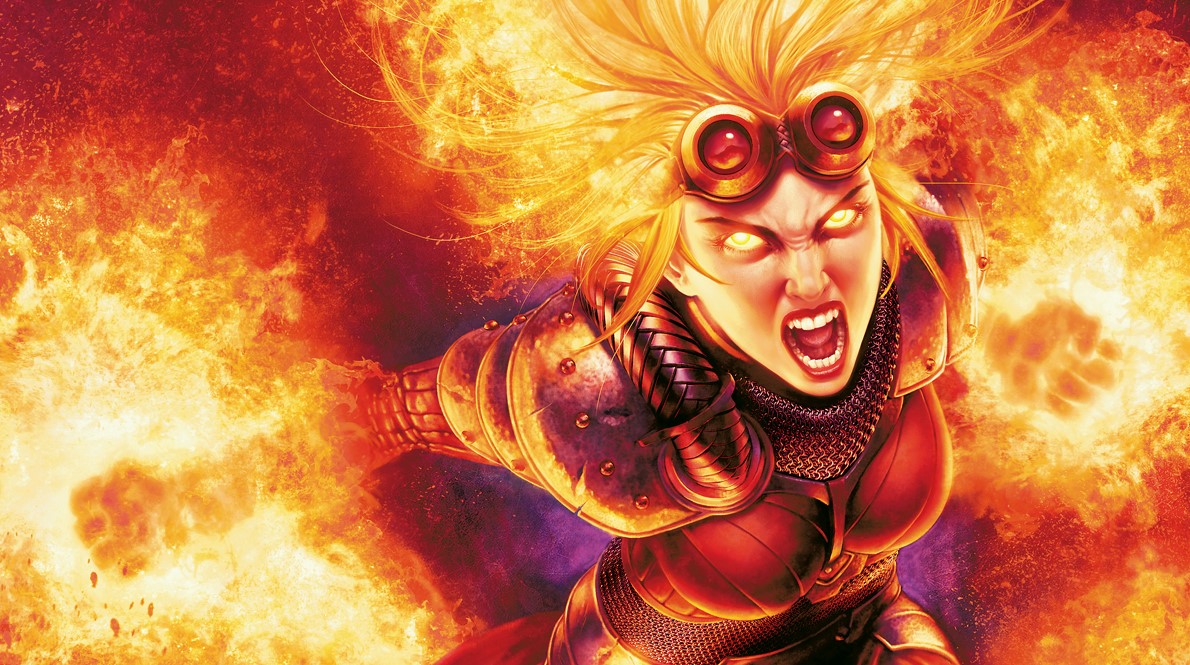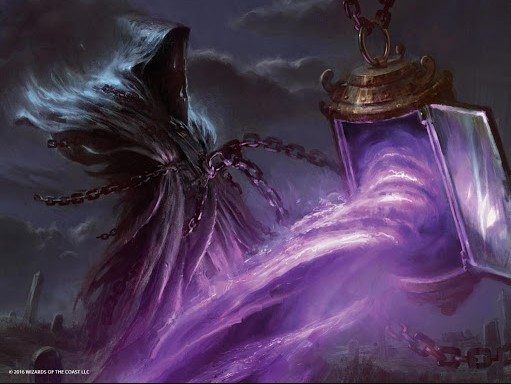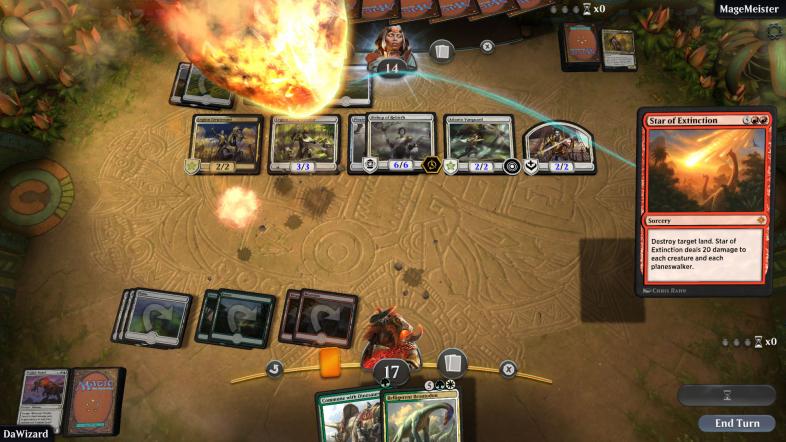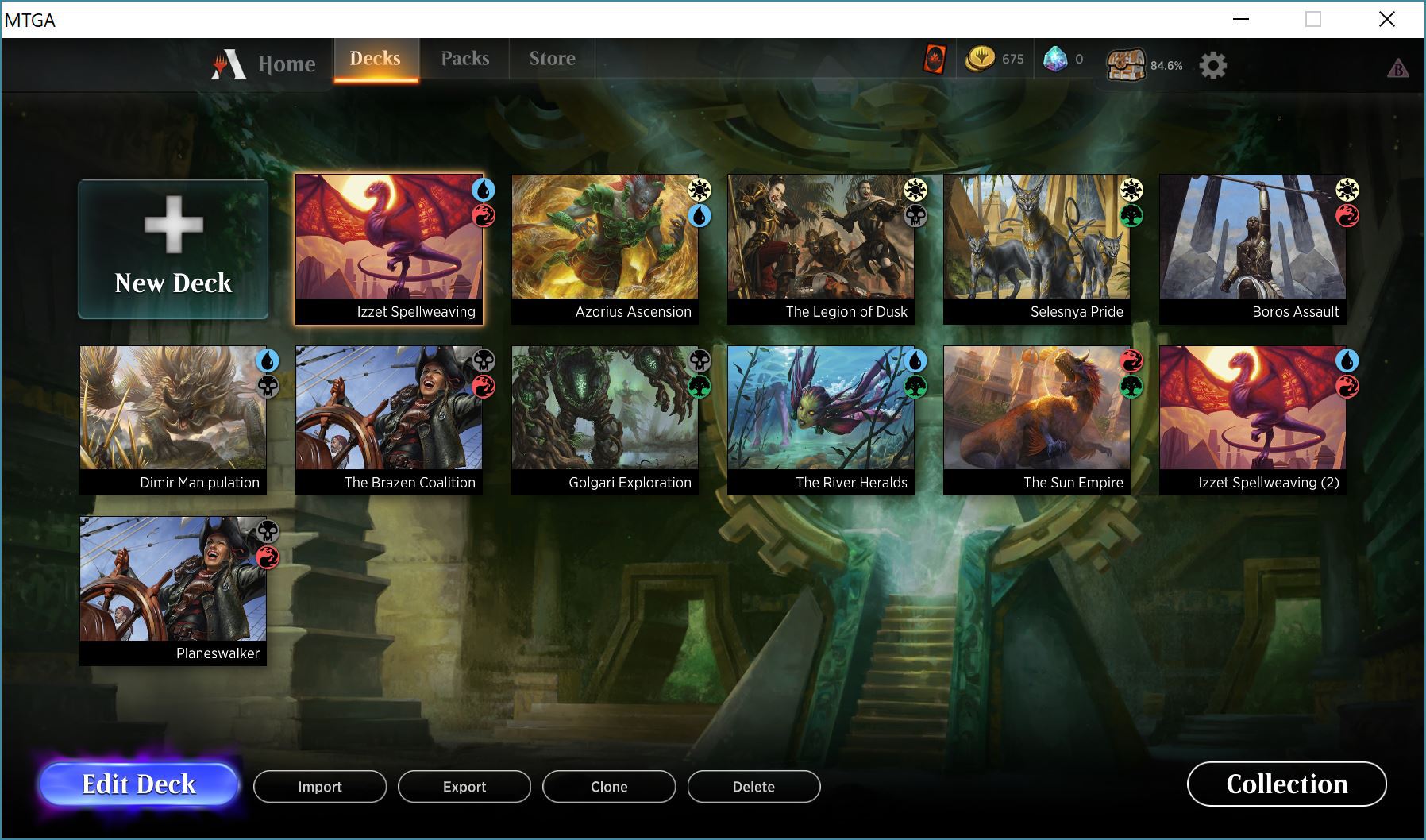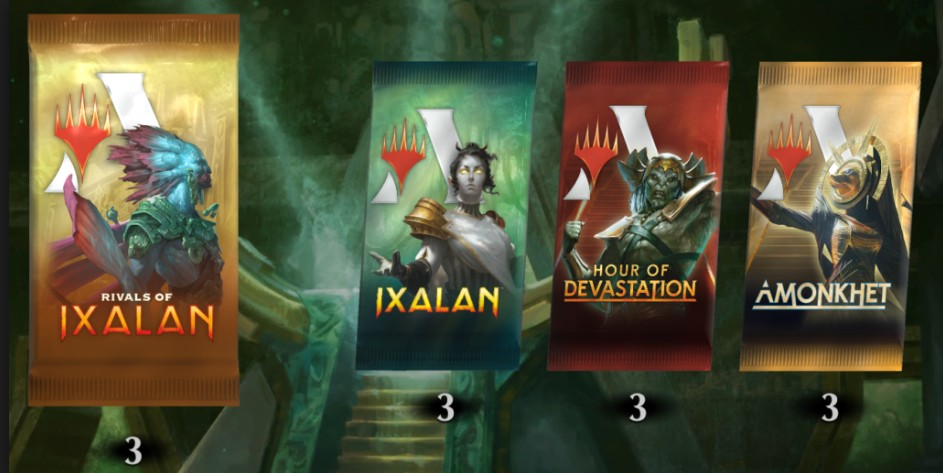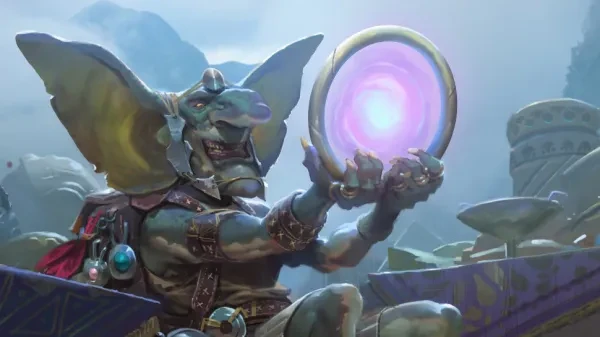
Looking to take your Magic to the next level?
With countless ways in which to play Magic: the Gathering, It’s no surprise that even during a pandemic there are ways in which we can bring the gathering into the comfort of our own homes. If you’re new to digital magic, or magic as a whole, it’s important to know the differences between the game’s two most popular digital applications; Magic: the Gathering Online (MTGO) and Magic: the Gathering Arena (MTGA). So no matter what your reason is for taking your Magic experience online, here’s all you need to know before you choose what application is best for you.
10. Where to play
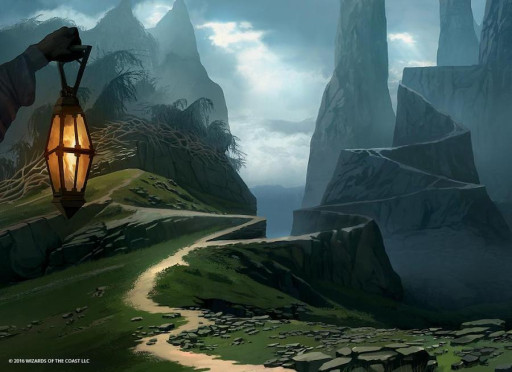
Fork in the Road, Illustrated by Jung Park
The first thing you need to start playing digital Magic is something to play it on. While some older digital magic variants were present on video game consoles, Magic the Gathering Online and Magic Arena are not. And while just this summer Arena developers added a Mac Client to their game, MTGO is currently only playable on Windows, with no plans to add Mac compatibility in the future.
But if you don’t have easy access to a Mac or a PC don’t worry; Arena developers are looking to put Magic the Gathering Arena on Mobile later this year.
9. The Cost

Greed, Illustrated by Izzy
Whether you’re collecting cards on Magic the Gathering Online or Magic the Gathering Arena, you’ll be saving a pretty penny compared to their physical counterparts. But that doesn’t necessarily mean you won’t be emptying your wallet.
An account on MTGO will initially set you back only $9.99 - but after that, you will need to buy digital tickets to be exchanged for cards and entry into events, just like you would spend money at your local game store.
Arena on the other hand operates on a free-to-play model, which allows players to play the game without paying a cent. And while Arena has its own form of tickets, called gems, that can be bought in their online store and grant you access to similar events and packs of cards, they are not required to play the game.
8. UI
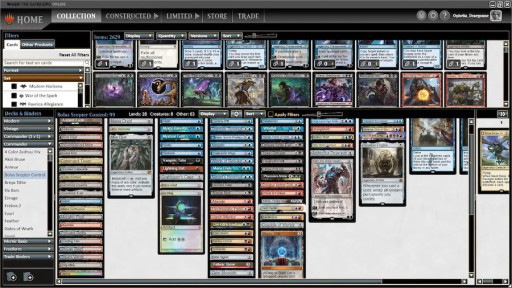
MTGO's deck building and collection navigation system leaves a lot to be desired.
A game’s UI, or user interface, includes everything from the general look of the game to its buttons and text. It’s a very important aspect of any game, but when it comes to Magic the Gathering, with its complex interactions and multi-zone playing space, excellent UI is a necessity.
Unfortunately in this case the newer more streamlined game takes the cake. Just one look and it’s not difficult to see that Magic Arena is the cleaner, more clear alternative compared to the archaic look of MTGO. And while UI updates have been implemented over its 18-year lifespan, MTGO still has a long way to go.
7. The Flare

MTGA's "mythic" animation for the card Aurelia, Exemplar of Justice.
Along the same lines as the previous disparity, Arena brings even more to the table when you look at its sheer amount of flare, and we’re not talking about Boros Cycling. This flare instead comes in the form of animations, sound effects, and other effects that spice up your gameplay.
Cast a Demanding Dragon? A dragon’s shadow swoops across the screen. Cast stomp on an opposing Golden Goose? A giant’s foot comes crashing down. Each planeswalker in the game is even fully voice acted, saying some rather cheesy lines when cast, activated, or dealt damage.
Though sometimes these effects can seem to get in the way of your gameplay. Between making the game lag and the “in your face” aspect of some of these animations, I couldn’t blame anyone who would prefer a quieter alternative. Even I have my sound effect volume turned down (thanks, Domri Chaos Bringer). So I won’t fault anyone who is looking more for a cut to the chase experience on MTGO.
6. Card Databases
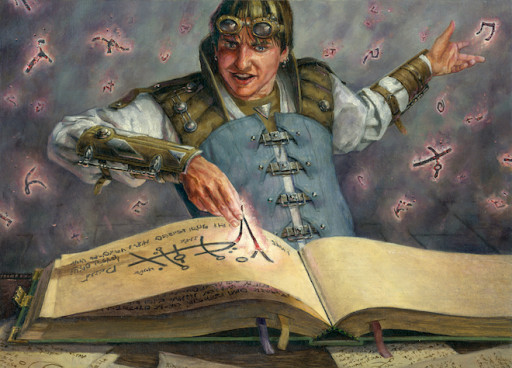
Tome Scour, Illustrated by Steven Belledin
It’s no surprise that when it comes to just how many playable cards each application has to offer, the application that has been around 18 years takes the cake. Arena currently lets players play with around 4,000 different cards. MTGO currently lets you play with more than 19,000 cards. That’s a lot more cards.
Though it will take a long time before Arena can stand up to MTGO’s card pool, more cards are being added to Arena constantly. Between Historic Anthologies, which adds popular cards from magic’s past, and set remasters like the recent Amonkhet Remastered, which added a curated selection of cards from the Amonkhet block, Arena is expanding their card selection pretty rapidly.
But if you’re looking to play with all the cards you played with growing up, Arena may not suffice. But don’t worry, MTGO has got you covered.
5. Formats

Bloodbraid, Illustrated by Raymond Swanland
Part of having a relatively limited card pool is having fewer playable formats. On Arena, you can play Standard and the arena exclusive Historic and Brawl. As Well as the limited formats that come with every new set. And while the Arena developers make available other formats such as pauper, artisan, cube drafts, etc. they all only exist temporarily.
Compare this to Magic Online, which allows players to choose from a multitude of formats consistently available for play. This includes Standard, Pioneer, Modern, Legacy, Vintage, Pauper, Momir, Planeswalker, Planechase, Freeform, and Commander. There are also often events where you can draft popular cubes alongside new and experimental ones.
It all boils down to personal preference, but if you’re the type of person who likes to diversify their Magic playing, MTGO might be the right choice for you.
4. Multiplayer
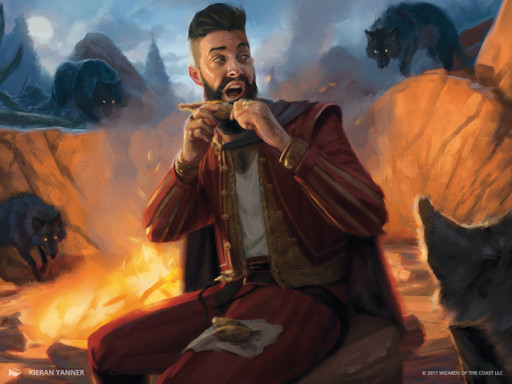
Curse of Bounty, Illustrated by Kieran Yanner
Another thing that MTGO has over Arena is the presence of multiplayer. Maybe you’re like me and miss heading down to your LGS every week to get in a few good games of commander with your friends, or maybe you just enjoy the backstabbing and power dynamics of multiplayer games. Either way, if you’re looking to play with more than just one opponent, you’ll only find it on MTGO.
3. Chat
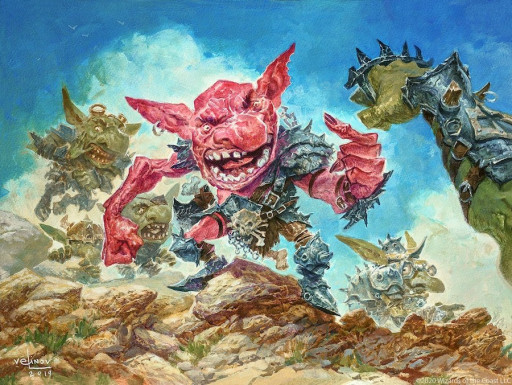
Brash Taunter, Illustrated by Svetlin Velinov
Unlike in Arena where players are given options between several different preset emotes to communicate with their opponent, MTGO has a full-fledged chat system where players can communicate openly with one another.
This is bittersweet as it is in most multiplayer games, as while there are a lot of upsides to be able to interact with your opponent, there are certainly times you’ll find your opponent is a little less than nice. And if you ever play a combo deck, you’re bound to run into the occasional opponent who scorns you for not playing their definition of “real magic”.
2. Trading
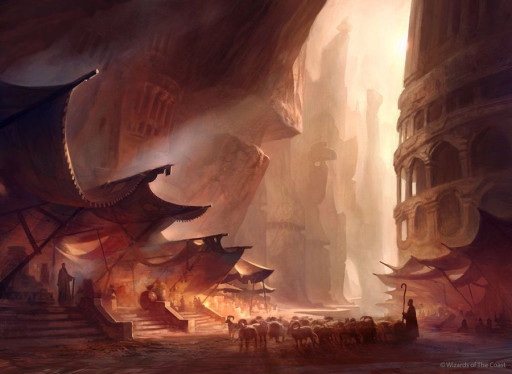
Trading Post, Illustrated by Adam Paquette
Magic the Gathering is the most popular trading card game in the world, but there’s one big part of the game that you lose when you log onto Magic Arena: Trading. Currently, there is no way to trade the cards you earn on Arena with other players. This is a problem that might seem small on the surface, but it means that when you are playing for free or on a budget and open a rare or mythic rare you have no interest in playing, it sits in your collection for the rest of time.
Compare this to Magic Online where opening a good rare or mythic rare is something to be excited about, whether you plan to play it or not. That is because on Magic online you can simply trade it away for the cards you need to play the decks you want.
1. The Future of Digital Magic
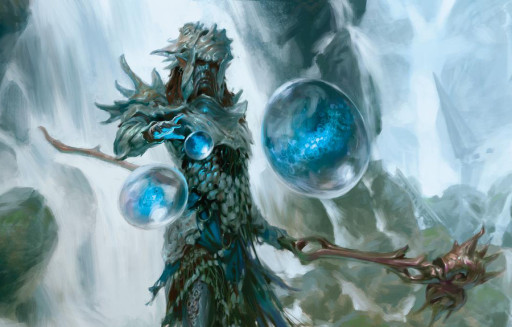
Anticipate, Illustrated by Tyler Jacobson
While MTGO can flaunt their extra features and a larger card pool, but when it comes down to it it is clear which digital application holds more promise for the future. In just the two years since Arena released it has found an extreme amount of popularity. With all of the plans the Arena developers have in the works and Wizard of the Coast’s prioritizing arena for competitive magic, it gets harder and harder to put MTGO above Arena.
So while both applications save the same purpose, to play the game we love, as the years pass MTGO may find itself fading into antiquity.
In Conclusion
In the end, there are plenty of reasons to play one application over the other. MTGO offers great flexibility at the cost of modernity. Arena is clean and smooth but is sometimes limiting. There really is no wrong way to play. And who says you can’t play both? Play however you’d like, at the end of the day it’s all the same Magic.
You may also be interested in:

